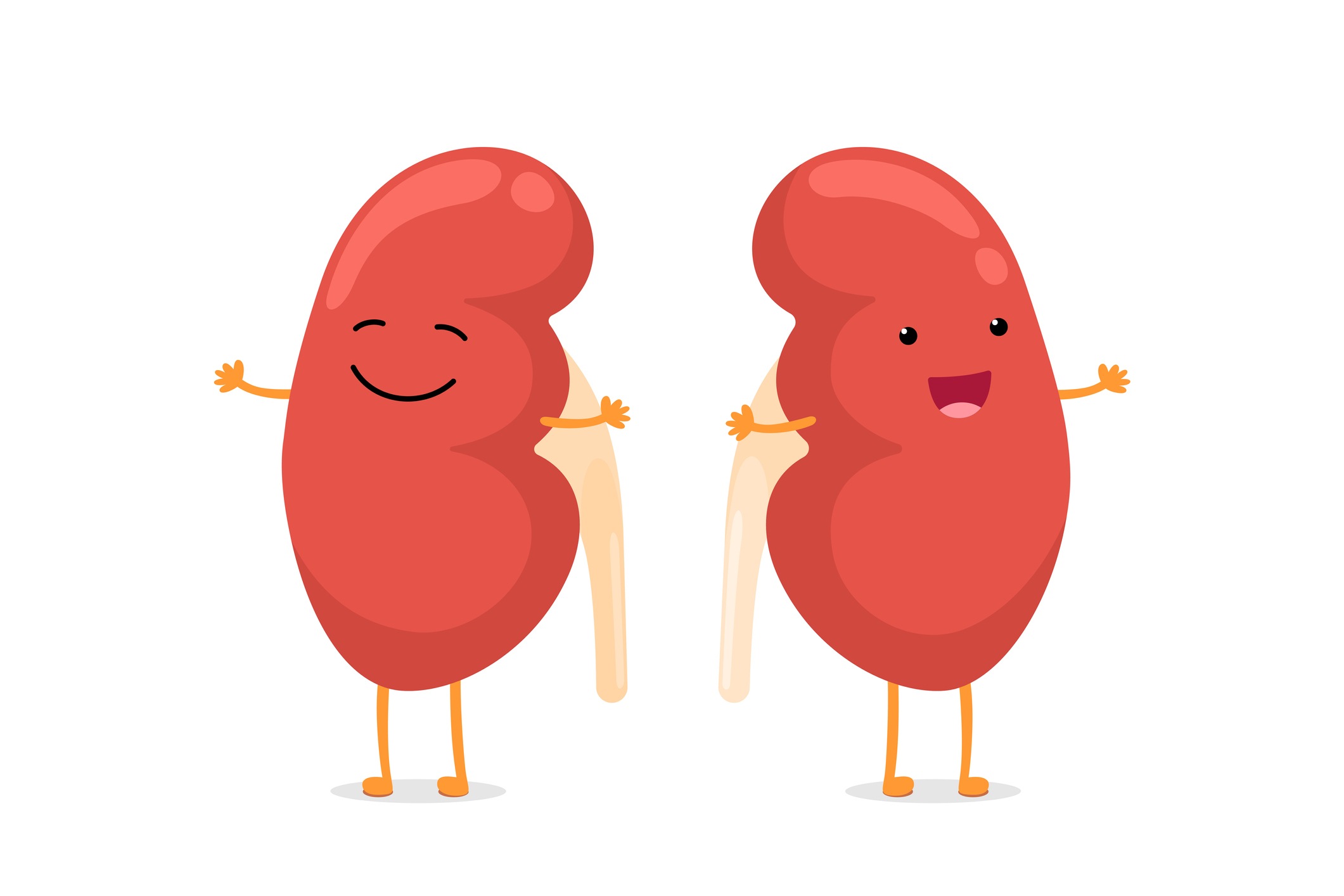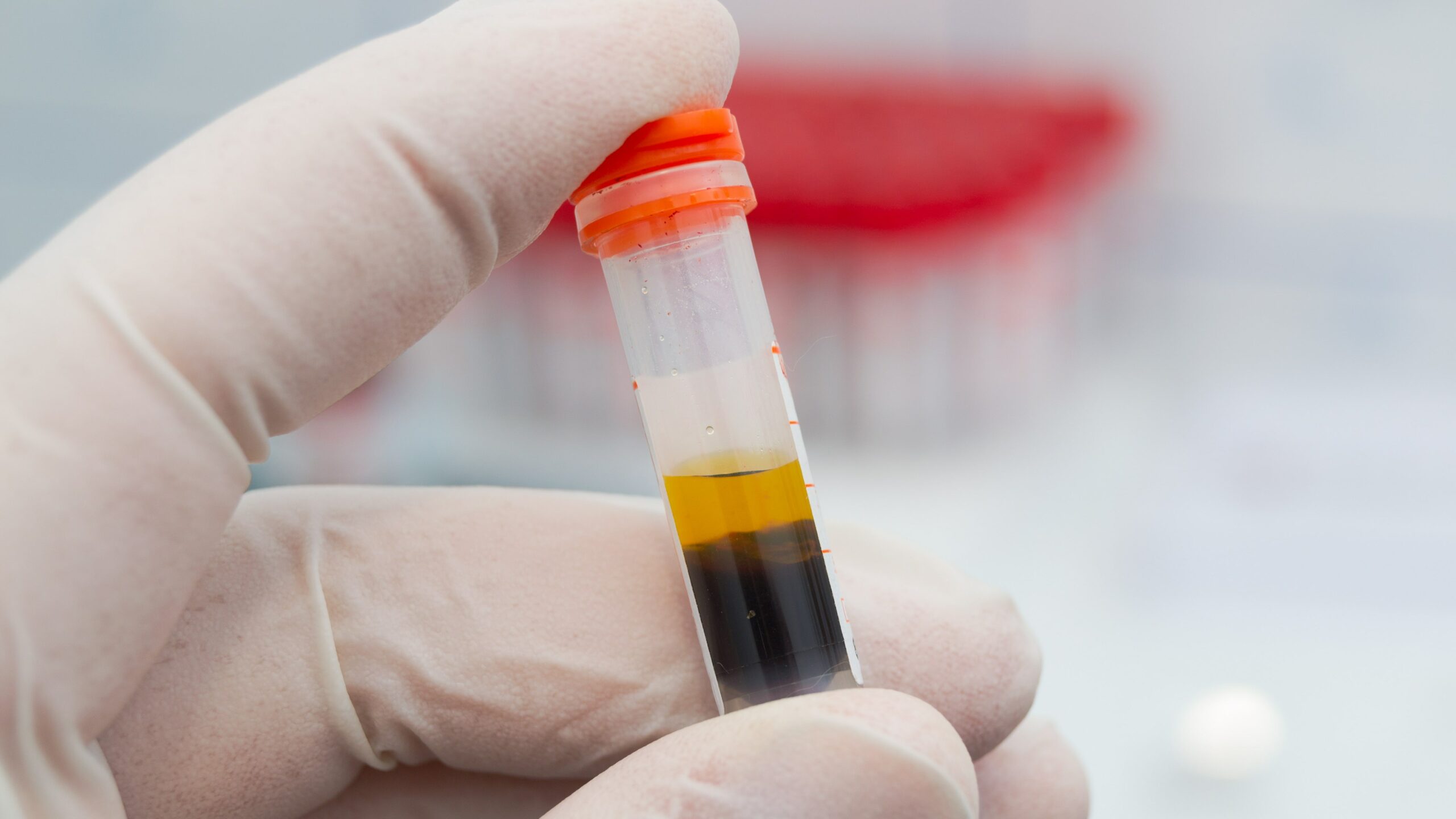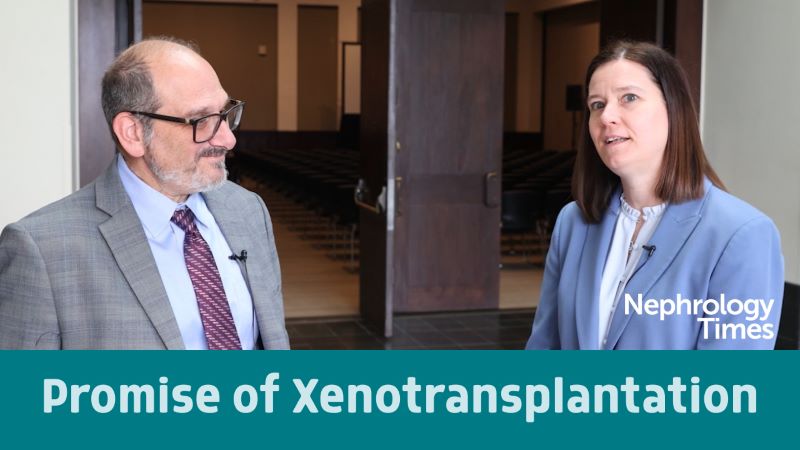
A kidney transplant, which is associated with improvements in cardiovascular reserve, may be associated with ultrastructural changes, a new study suggests.
The authors, writing in JAMA Cardiology, conducted the Cardiopulmonary Exercise Testing in Renal Failure and After Kidney Transplantation (CAPER) study, to “evaluate cardiovascular functional reserve in patients with end-stage renal disease before and after kidney transplant and to assess functional and morphologic alterations of structural-functional dynamics in this population.” They noted in their paper that the resolution of kidney function via kidney transplant has a survival benefit in those with end-stage renal disease, and that assessments of the mechanisms of cardiovascular survival in this context have relied on statin measures by echocardiography or cardiac MR, yielding inconsistent results.
The present prospective, nonrandomized analysis (single-center) study included patients broken down into three groups: those with stage-5 chronic kidney disease (CKD) who had undergone a kidney transplant (KTR group); those who had stage-5 CKD but were on a wait list and had not undergone kidney transplant (NTWC group); and patients with hypertension only (HTC group). There were a total of 253 study participants, with 81 in the KTR group, 85 in the NTWC group, and 87 in the HTC group. Patients were followed up for up to one year after transplant. The main outcome measure was cardiovascular functional reserve quantified using cardiopulmonary exercise testing in parallel with transthoracic echocardiography.
Kidney Transplant Improves Cardiovascular Rerve
The authors reported that mean cardiac left ventricular mass index was higher in patients with CKD compared with the HTC group (KTR group, 104.9 [36.1] g/m2; NTWC group, 113.8 [37.7] g/m2; vs. HTC group, 87.8 [16.9] g/m2; P <0.001) and mean left ventricular ejection fraction was significantly lower in the patients with CKD compared with the HTC group (KTR group, 60.1% [8.6%]; NTWC group, 61.4% [8.9%]; vs. HTC group, 66.1% [5.9%]; P <0.001). A kidney transplant was linked with improved peak oxygen consumption at one year in the KTR and NTWC groups (P<0.001), but not the HTC group. Left ventricular ejection fraction was also significantly improved at 12 months (but not mass index) in those with a kidney transplant.
“In this cohort study of 166 patients with stage-5 CKD and 87 patients with hypertension only to assess change to cardiovascular functional reserve after improving the uremic milieu through a transplant using state-of-the-art cardiopulmonary exercise testing, improved cardiovascular functional reserve was seen 1 year after transplant in the absence of significant alterations in left ventricular morphologic findings,” the authors wrote. “Improved cardiovascular reserve after kidney transplant may be associated with ultrastructural and functional alterations to the cardiovascular system and may not be associated with a change in left ventricular muscle mass.”
#Kidneytransplant was associated with improved cardiovascular functional reserve after 1 year https://t.co/cmCk2w3FkU
— JAMA Cardiology (@JAMACardio) February 5, 2020
Renal transplantation improves cardiovascular reserve by CPET… very beneficial in the longer term Some insights https://t.co/lE3VaYVXen #cardioed #cardiotwitter #renal #transplant #cardioed #EchoFirst #whycmr #kidneytransplant pic.twitter.com/fbmKRJOXkv
— Vass Vassiliou (@vass_vassiliou) February 5, 2020
CPET sensitive to change in CV functional reserve post kidney transplant https://t.co/MJoFMsyRiN
— Gordon McGregor (@Gord_McG) February 6, 2020







 © 2025 Mashup Media, LLC, a Formedics Property. All Rights Reserved.
© 2025 Mashup Media, LLC, a Formedics Property. All Rights Reserved.